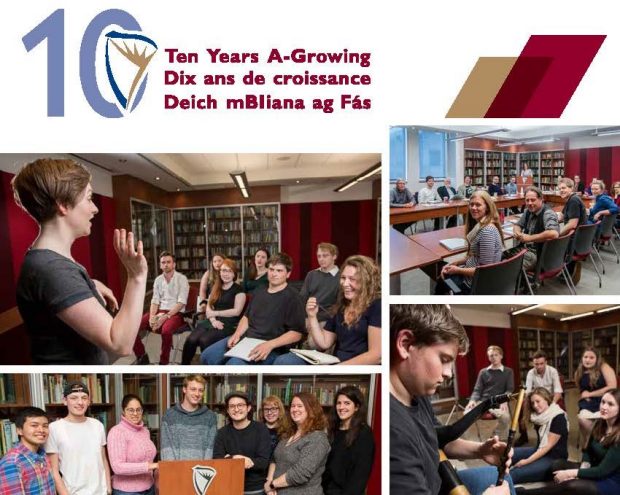The Irish in Quebec: fast facts
Because the roots of the Irish in Quebec are so broad and deep, it is possible to give only a general sense of their pervasive influence on the development of most regions of the province.
The relationship between the French and the Irish in Quebec had its origins in the armies of France in which many exiled Irish chiefs and soldiers served, often forming distinct regiments. So great was the number of Irish in France in the 16th century that the Irish College in Paris was established in 1578 to educate children of Irish exiles who were denied a Catholic education by British authorities in Ireland. The College is still used today for Irish cultural and diplomatic events.
Serving with the French forces in New France, many Irish soldiers concealed their identity from British forces by changing their names to French-sounding ones. As a consequence, a significant number of supposed French names in Quebec are not found in France.
By the end of the 1600s, it is believed that 130 of all the 2,500 families in New France, or roughly 5%, were Irish. In 1871, after massive immigration, the figure rose to above 10%, making the Irish the second largest group in Canada after the French.
From 1816 to 1860, it is estimated that over a million immigrants - 60% of them Irish - passed through the ports of Quebec City and Montreal.
In the tragic year of 1847, the total number of deaths among emigrants heading for Quebec City is estimated at 17,477, of which the vast majority were Irish. It is recorded that of these 3879 are buried at Grosse Ile, while approximately another 5,000 are buried at the Pointe Saint-Charles sheds in Montreal.
The happy note of this disaster was that hundreds of orphans in both Quebec City and Montreal were adopted by French families but allowed to keep their Irish names

